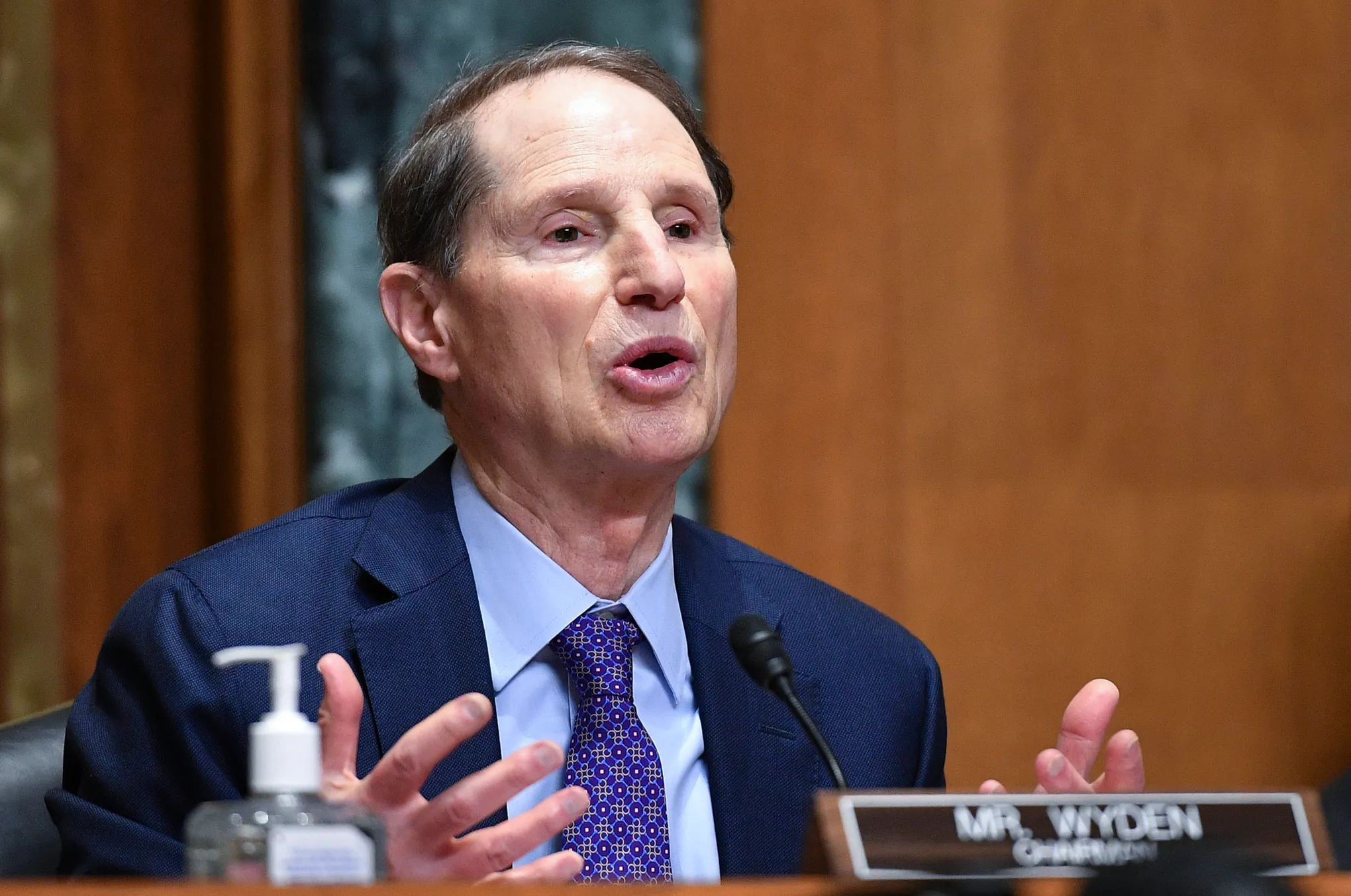Samsung Electronics (005930.KS) introduced its slimmest flagship model, the S25 Edge, on Tuesday, highlighting new AI features aimed at outpacing rival Apple (AAPL.O) in the premium smartphone market.
The S25 Edge is designed to meet growing demand, particularly among consumers in their 20s and 30s, for more portable devices. “Feedback was clear – users wanted a thinner, more portable phone without sacrificing performance,” said Samsung, which made structural adjustments to reduce the thickness of internal components, including the printed circuit board and thermal systems.
Analysts believe the timing of the launch is strategic, as Apple is expected to release a thinner iPhone later this year. “By launching ahead of Apple, Samsung aims to attract consumers who prefer thinner smartphones, positioning itself to capture this demand,” said Ryu Young-ho, a senior analyst at NH Investment & Securities.
The S25 Edge will be available in South Korea starting May 23 and in the U.S. on May 30. It will be released in approximately 30 countries, including China and several European markets. Priced starting at $1,099, the model features a 6.7-inch screen and a slim 5.8mm body, making it slightly larger than the basic S25 but only marginally heavier.
Equipped with Samsung’s latest AI capabilities, the S25 Edge includes multimodal AI, allowing users to interact with the phone via voice and vision, using the camera to ask questions.
While Samsung did not disclose where the S25 Edge is being manufactured, it assured users that performance and heat management would not be an issue despite the slim design. “We’ve engineered a thinner vapor chamber to maintain performance and heat control,” said Samsung Executive Vice President Moon Sung-hoon. “We are confident the S25 Edge will operate smoothly without overheating.”
Samsung, which became the top global smartphone vendor in Q1 2025 with a 20% market share, narrowly overtook Apple, which held 19%, according to Counterpoint Research. However, Samsung warned that second-quarter shipments could be affected if tariff risks dampen demand.



